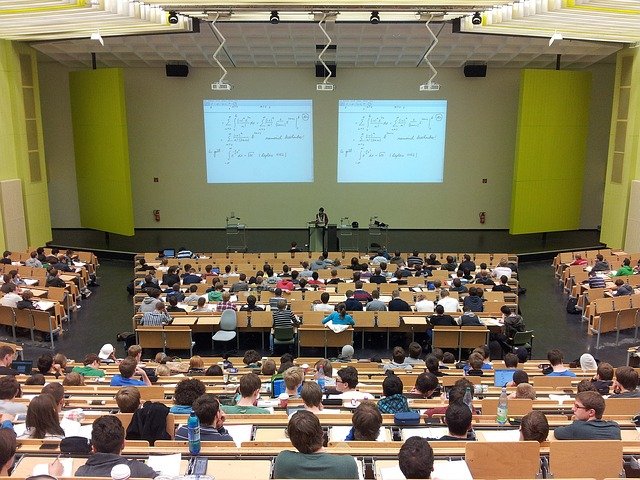Seven dimensions of knowledge transfer have been originated from the chapters of mathematics

A particular system is defined as a set of things working together as the parts of a mechanism to achieve predefined outcomes through goal oriented task operation (GOTO). Teaching is the classroom performance of pedagogical methods, not the mechanism of knowledge transfer. Human beings are unique in tools making activities to apply the devices in working and learning. We know that the motor science of human brain describes the procedures of a particular mechanism, but students are not using the system of motor knowledge in listening and watching. It means teachers are working in the classroom without any well-defined system of learning transfer.

Sixth Dimension
The formatting abilities and intuitive ideas of student’s brain develop from the sixth dimension of knowledge transfer. This is known as task formator and it is projected in learning process by the visual cortex of student’s brain. The imagery of visualization means the application of figurative object language to represent objects, actions and ideas in such a way that it appeals functional brainpage images to our physical senses. The sixth dimension of knowledge transfer reflects the learnodynamics of task formator to utilize smart brainpage in complex problem solving activities.
Usually, it is thought that the imagery of knowledge transfer makes the use of particular object definitions that create the visual representation of patterns, formats and ideas in our minds. The visual cortex of human brain is very sensitive to instance guided object learning (IGOL) and visual memory plays a vital role in the knowledge transfer of advanced chapters. The imagery of internal visualization is associated with the mental pictures of knowledge transfer, abstract thinking and formatted brainpage.

Fourth Section of Chapter
Book to brain direct knowledge transfer is conducted in the classroom by the miniature school of learnography. Maths head is the sixth miniature of collaborative classroom. He also launches the five sections of source chapters in the classroom but he should be an expert especially in the fourth section of maths chapter. It represents the sixth dimension of knowledge transfer that activates the visual cortex of human brain to process the imagery of brainpage modules.
Each section of the chapter represents a particular dimension of knowledge transfer. The fourth section of source chapter deals with the formatting properties of objects and contains the description of theories, laws and principles including the derivatives of formulas and formats. In this section, theorems are proved and laws are explained to develop the formatting abilities of learning brain. In this way, formulas are derived to represent the pathways of knowledge transfer by illustrating the structural pattern of objects.

Zeid Scientist
Maths head is considered as the zeid scientist of brainpage theory because the seven dimensions of knowledge transfer have been originated from the chapters of mathematics. The dimensions of mathematics are applied in all subjects to make the brainpage modules of knowledge transfer. In this way, students can learn all subjects like the chapters of mathematics to be high performing individuals in the happiness classroom. They will open the door of new knowledge that leads to the world of genius brain.
Brainpage School
Happiness Classroom ! Book is the transfer source of knowledge and student’s brain is the transfer target of learning. To be high performing students, make brainpage in collaborative classroom by applying the seven dimensions of knowledge transfer. The motor science of knowledge transfer should be launched in the classroom for the learning development and brainpage modules of Autistic or ADHD students. Let the students use motor knowledge to make smart brainpage in the classroom from book to brain direct learning transfer. The cyclozeid of knowledge transfer is rehearsed in the classroom to produce high speed zeidstream in the working mechanism of brain circuits.



Leave a comment